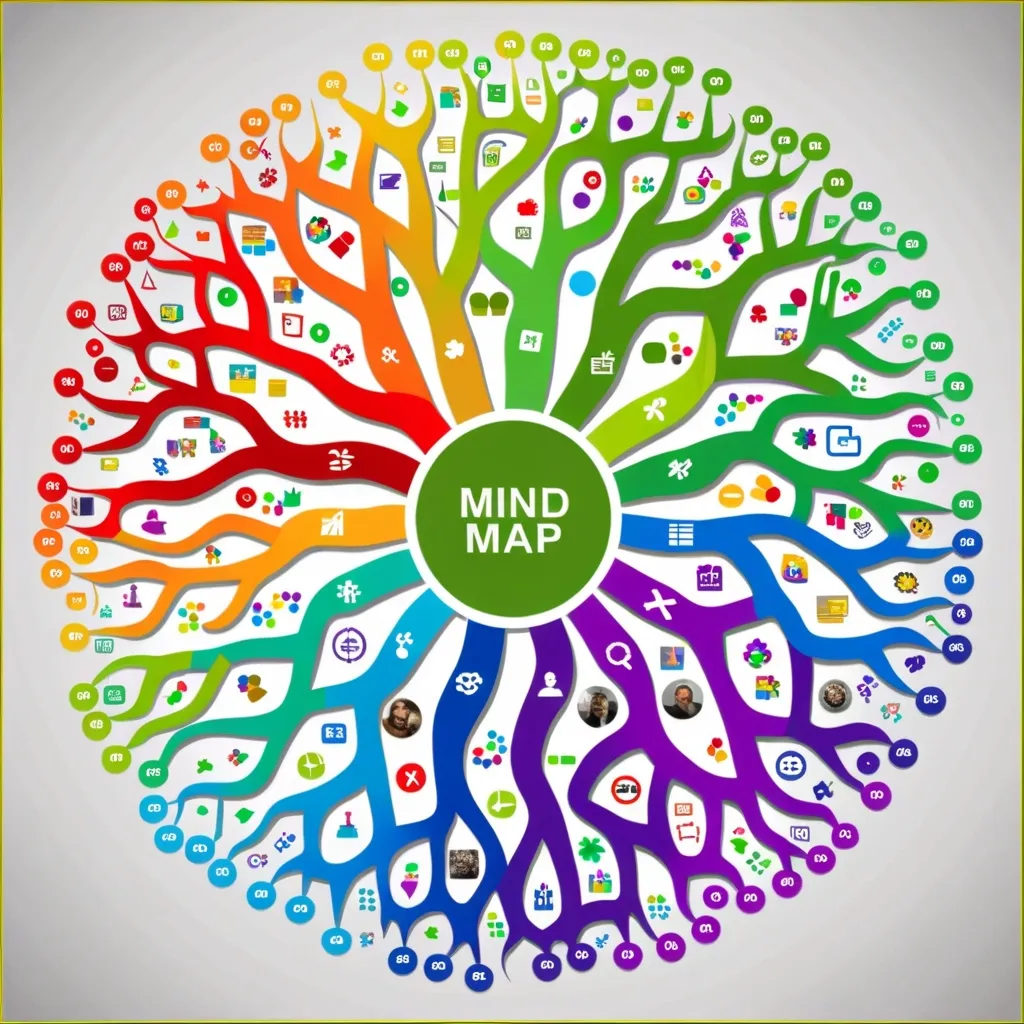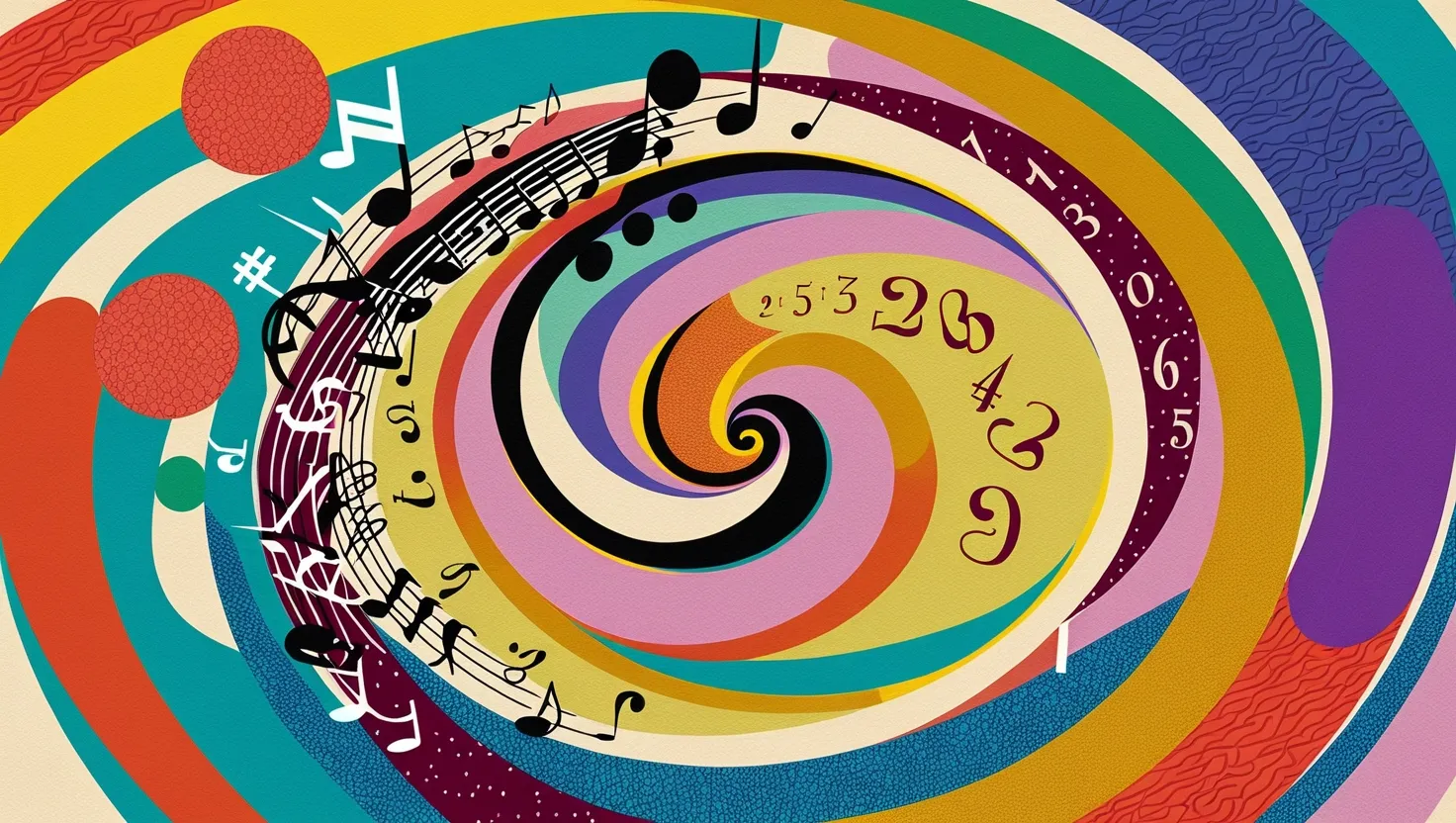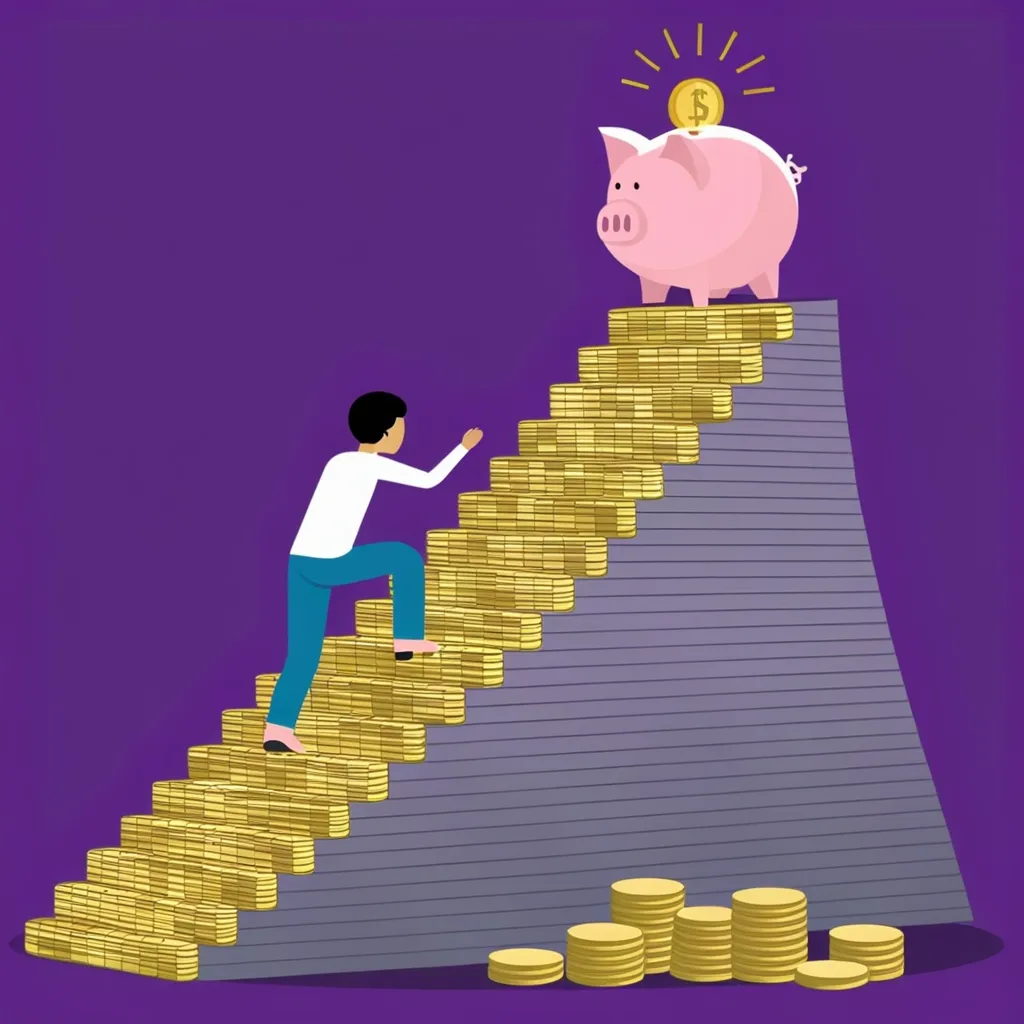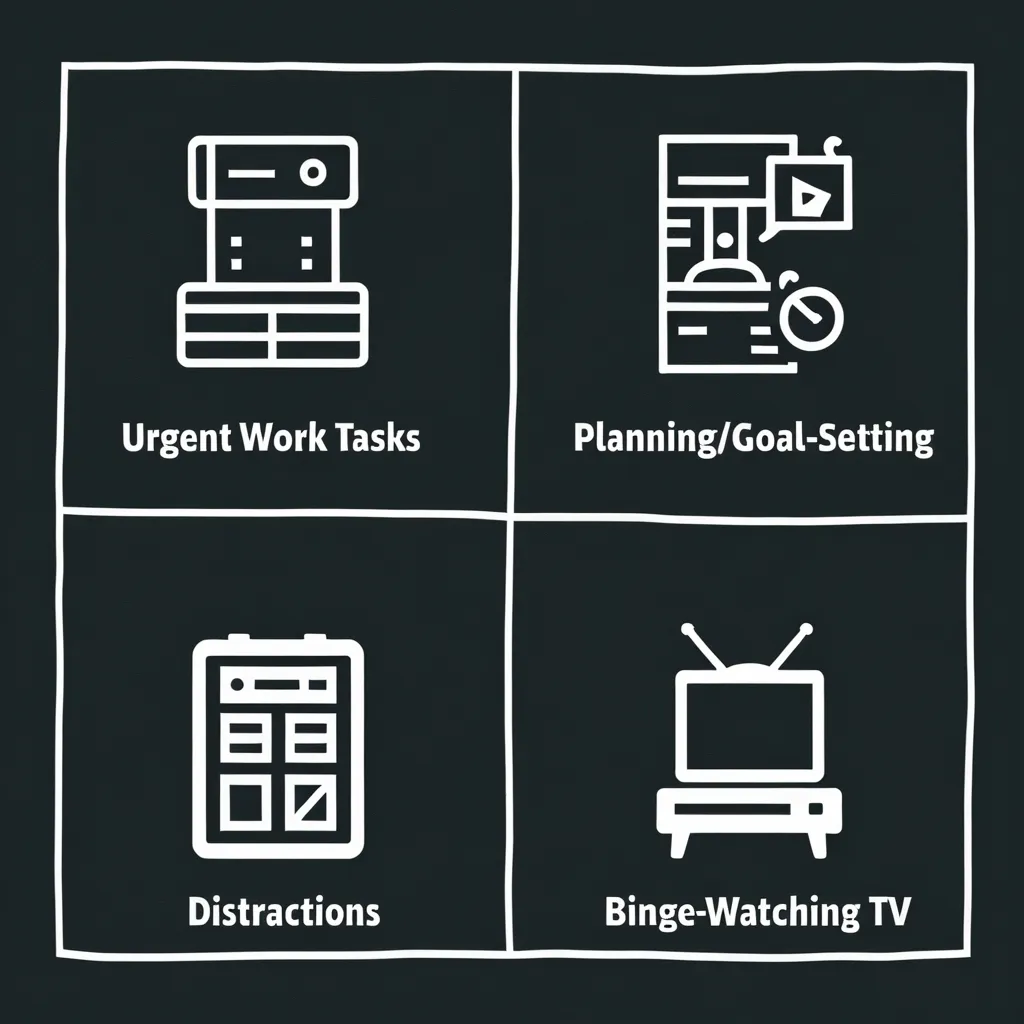Mind maps are game-changers. They untangle the mess of thoughts swirling in our heads and lay them out in a super visual way that our brains just get. These graphical organizers are everywhere now – from classrooms to boardrooms and even in our personal lives. Why? Because they’re that effective.
Imagine you’re kickstarting a mind map. You plop down a main idea in the center – think of it like the sun in your very own solar system of thoughts. This central idea then sends out rays, each representing a key theme or topic linked to your main idea. Every ray (or branch) divides further and further into smaller nodes, each carrying specific bits of info. This hierarchy makes everything look clean and keeps your thoughts organized, helping you see how everything connects.
But it’s not just about structure – mind maps are visual beasts. Toss in some colors, doodles, and cool fonts, and suddenly your memory gets a serious boost. Different colors can highlight different themes or priorities. Add an image here and a symbol there, and you’re painting mental pictures that stick way longer than boring text.
One of the real perks of mind maps is how they get the creative juices flowing. They’re not stiff and linear – they’re dynamic playgrounds for our thoughts. Dump all your brainstorming ideas around your main theme and watch as new connections spark off and new ideas take shape. This kind of lateral thinking is gold when you’re searching for fresh, unexpected solutions.
Mind maps don’t just help with creativity – they’re awesome learning aids too. They break down chunky information into bite-sized, visually organized chunks. Perfect for cramming before a test or big meeting. Since our brains love visuals, this method helps us cram knowledge fast and keep it longer. Ever tried creating a timeline mind map for history class? Boom, dates and events start to click.
And it doesn’t stop there. Mind maps are lifesavers for organizing your tasks and thoughts. They let you see the bigger picture while keeping track of the pesky details. Got a project? Map it out. You can see how every task fits, prioritize, and set timelines like a boss. Even your grocery list can get a mind map makeover – imagine the beauty of an organized shopping trip.
In this digital age, mind mapping has gone online big time. Tools and apps let you craft, share, and collaborate in real-time with anyone, anywhere. You can add bells and whistles like color coding and embedded media to make your maps richer and more engaging. Working with your team on a project has never been easier or more visual.
Now, how can you actually use mind maps in your day-to-day? Say you’re planning a vacation. Plot out your itinerary, packing list, and all your travel plans in one delightful mind map. Businesses love them for project planning, running efficient meetings, and brainstorming ideas that stick. And on a personal level, they’re perfect for goal-setting, time management, and sketching out the steps to hit your targets.
Creating a mind map is as easy as pie. Start with your central idea smack-dab in the middle. Branch out with main themes or subtopics, sprouting smaller branches with specific details or keywords. Color it up, throw in some images, and draw lines to show how everything is interconnected. Review your masterpiece to make sure it makes sense and covers all bases.
Mind maps can also be lifesavers when you’re hitting roadblocks. Can’t break down that essay topic? Struggling with a tough concept? Visualizing these problems in a mind map can simplify things, offering a clearer, more concise presentation of your thoughts. This is especially helpful for folks who think outside the traditional linear box, offering a more freeform way to explore ideas.
The bottom line? Mind maps are your ticket to better critical thinking, problem-solving, and communication. They help you visualize info, organize your thoughts, and connect the dots in ways that traditional methods can’t. Whether you’re a student hitting the books, a professional climbing the career ladder, or just someone trying to get more done, mind maps are a versatile and powerful tool to have in your arsenal. So grab a pen, fire up your favorite mind mapping software, and start mapping your way to brilliance today.






